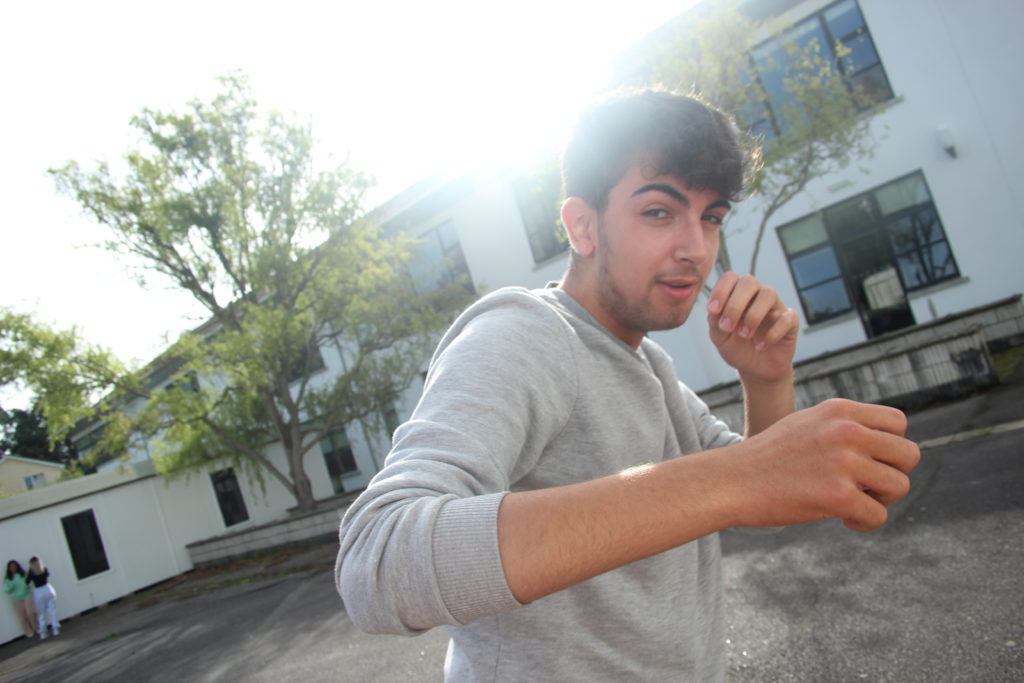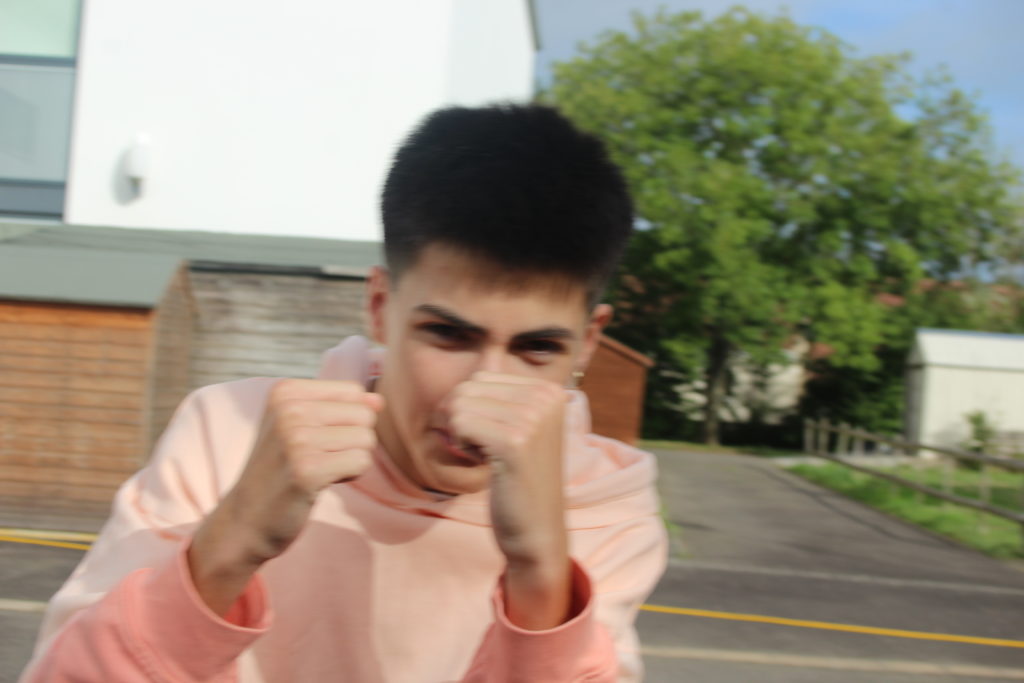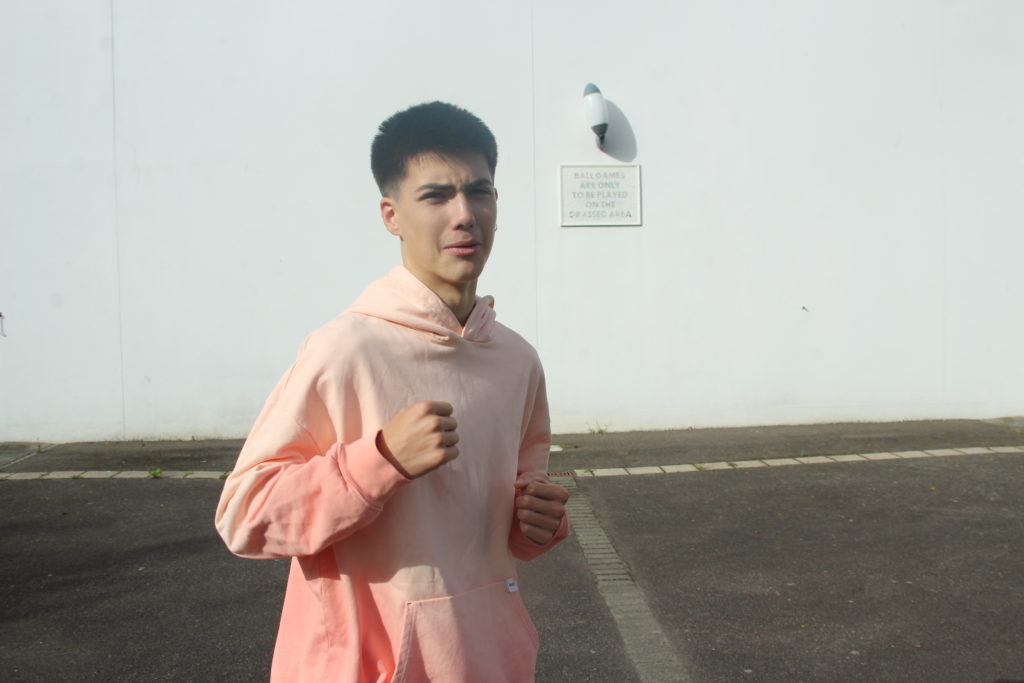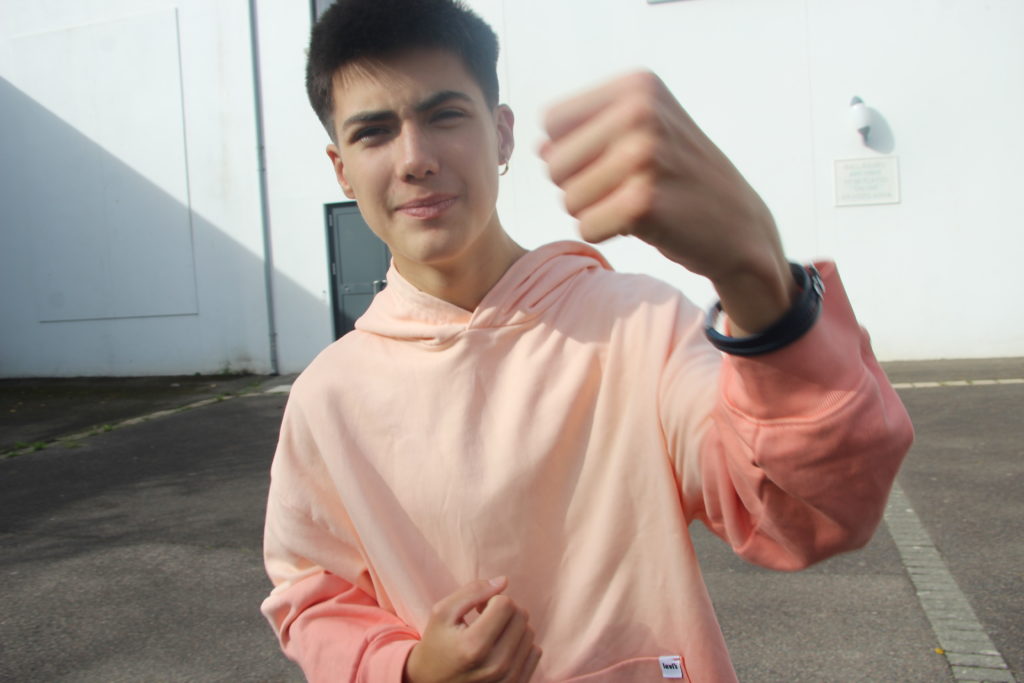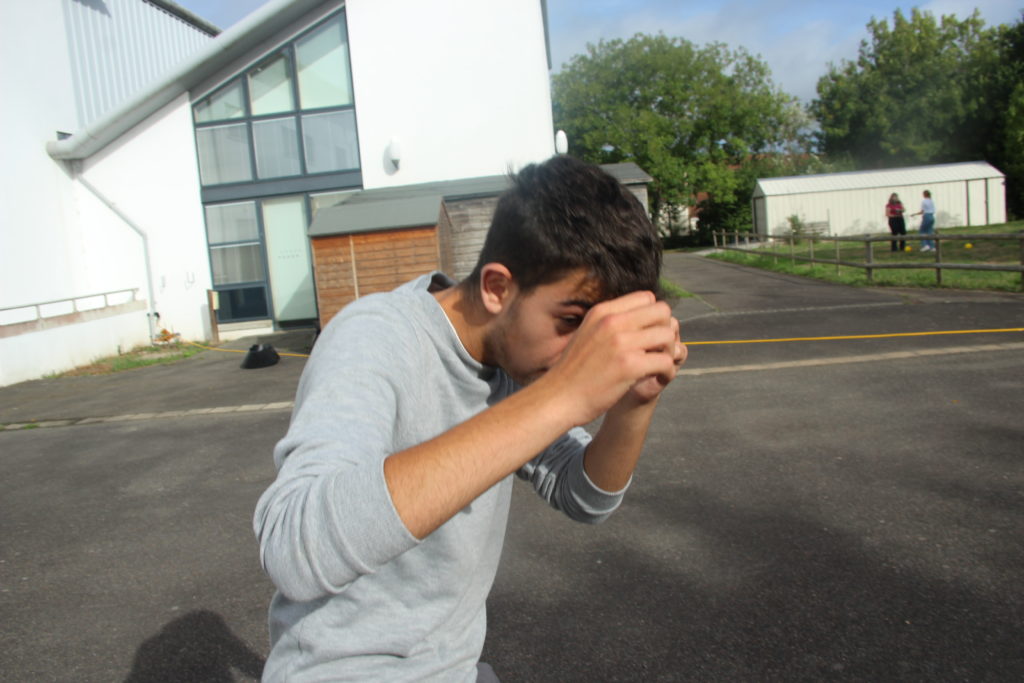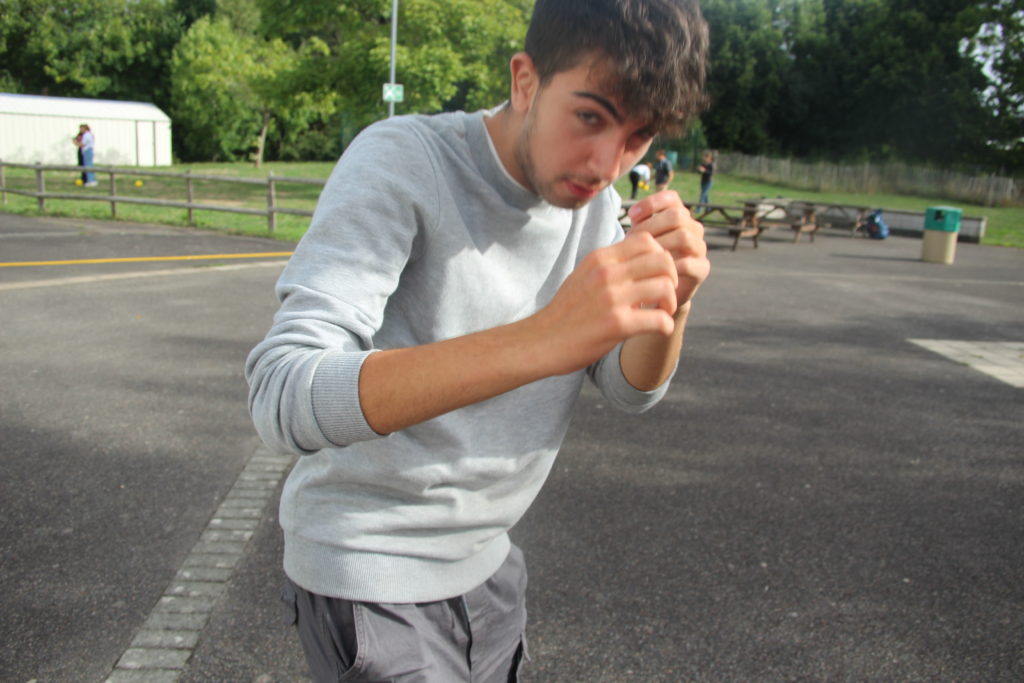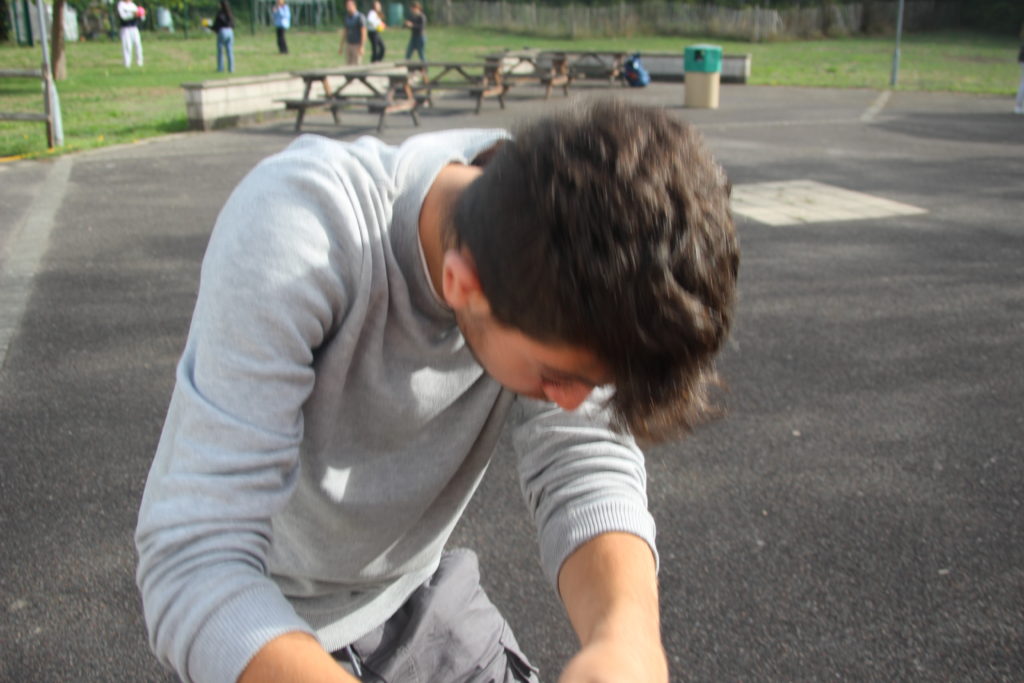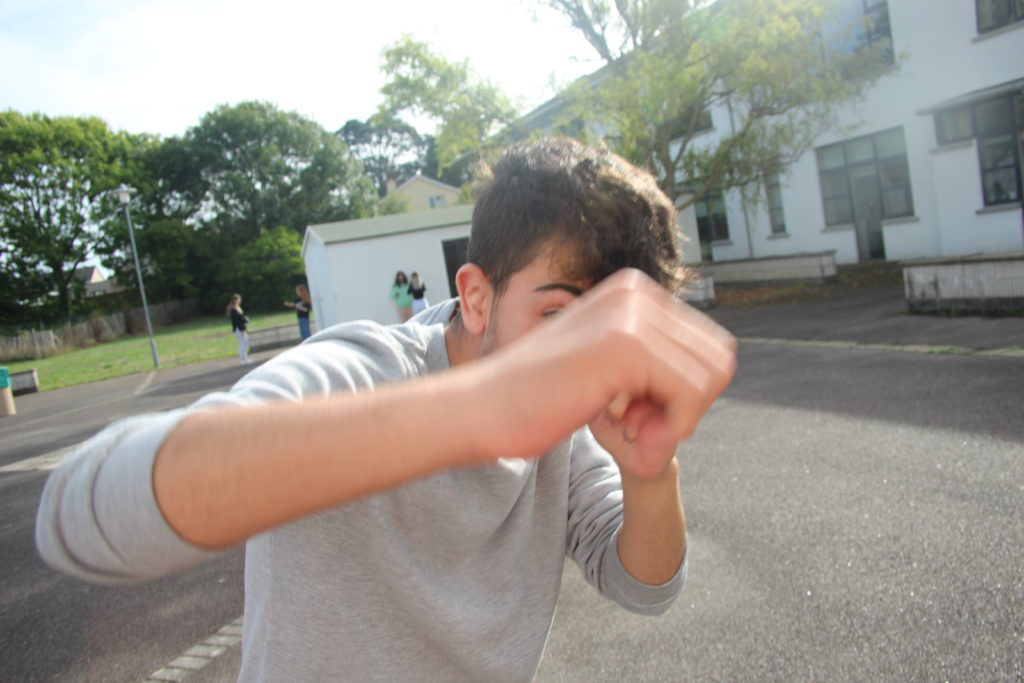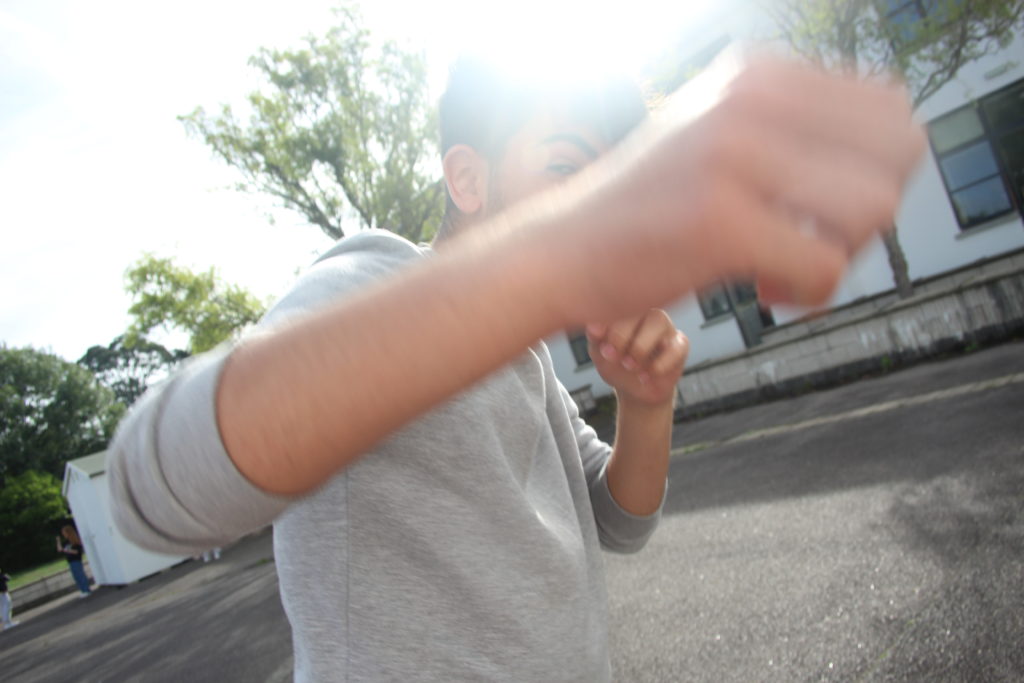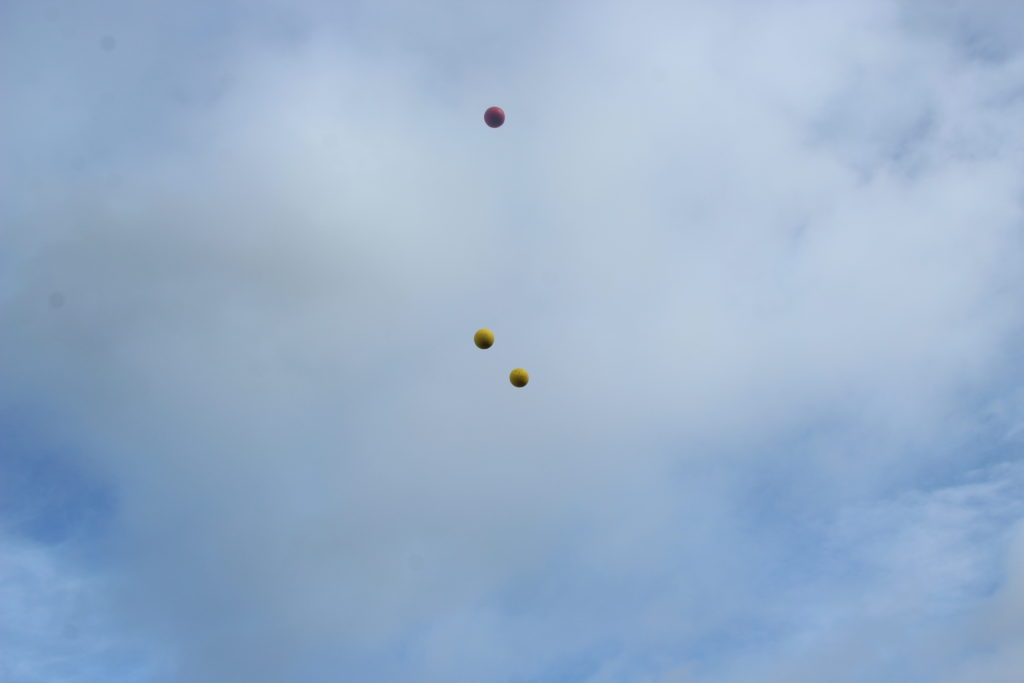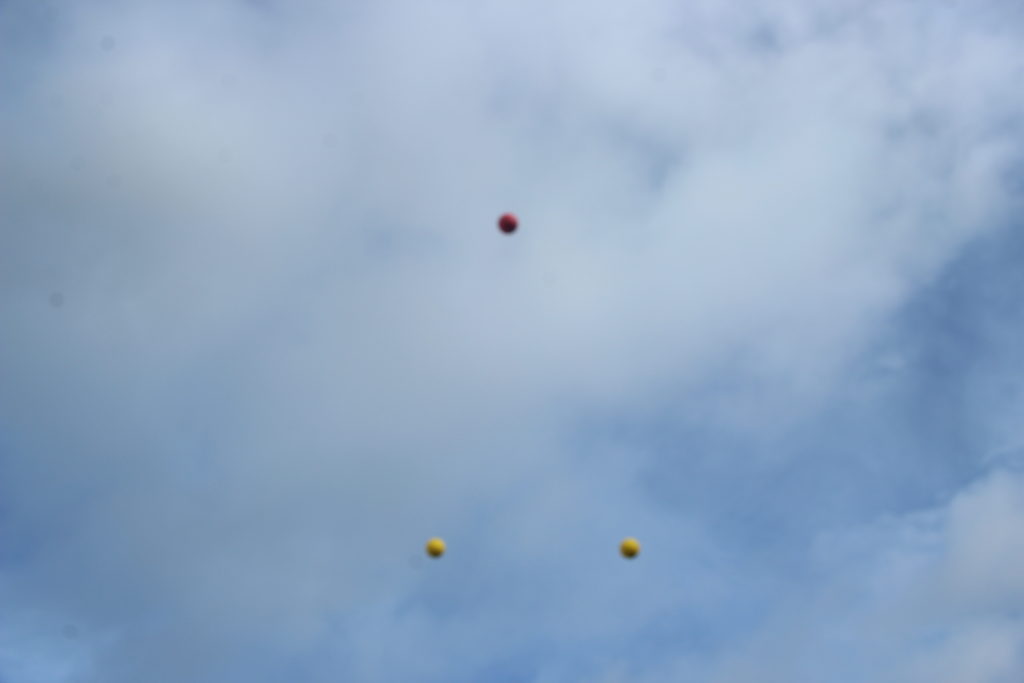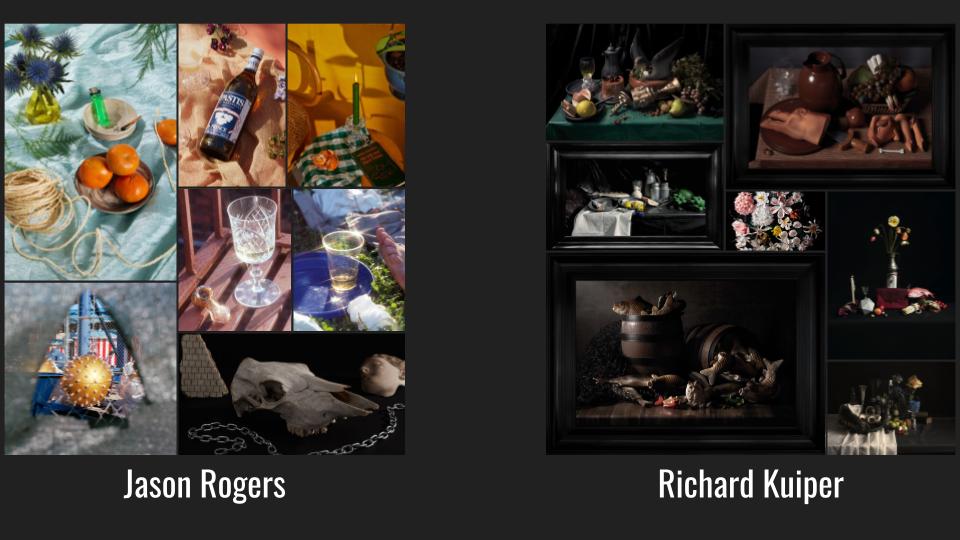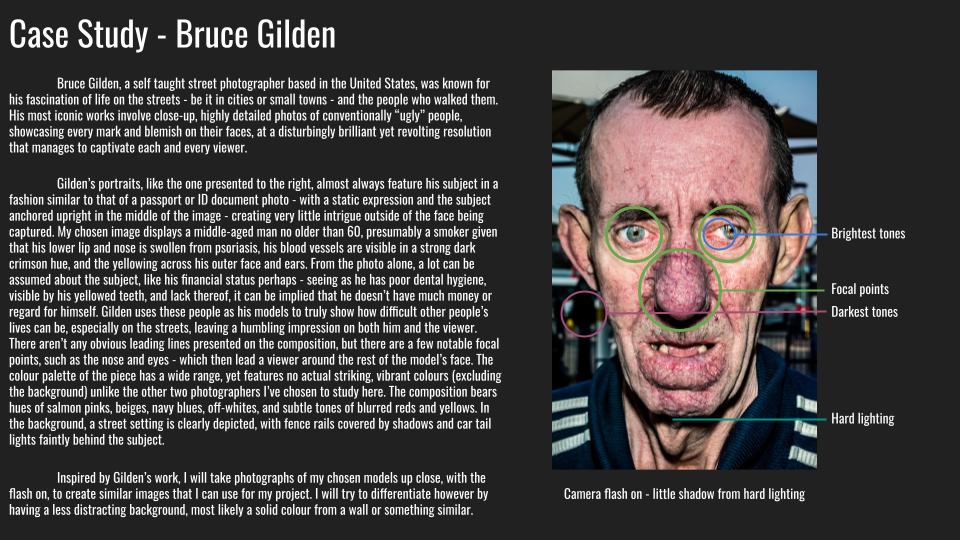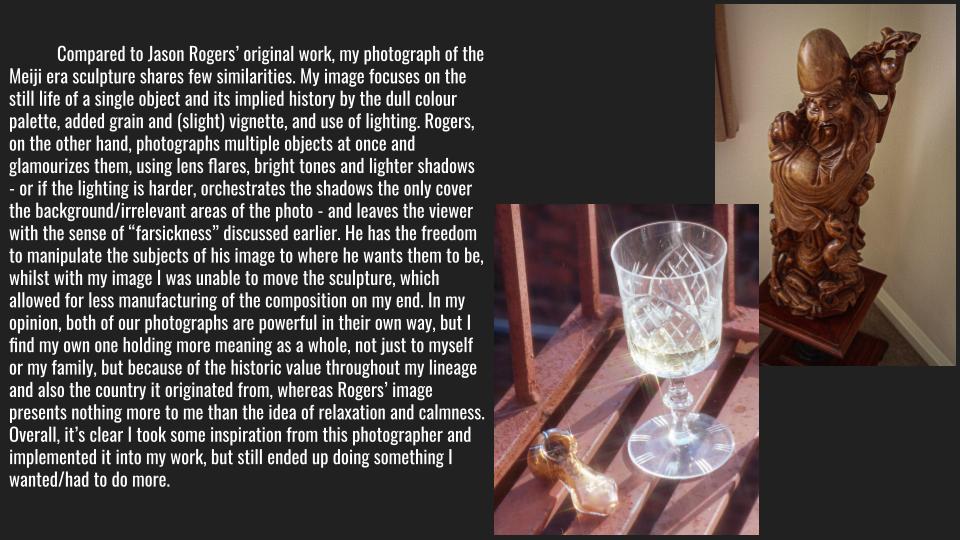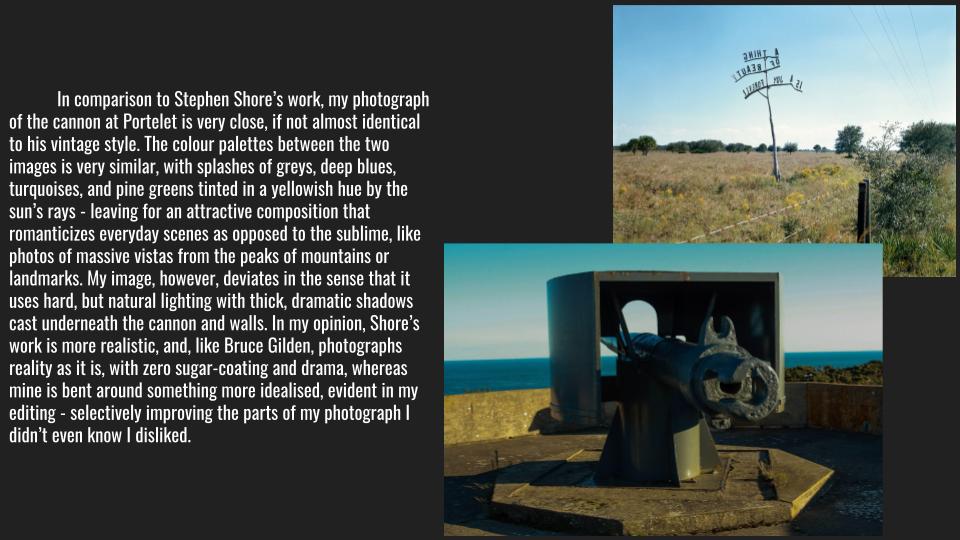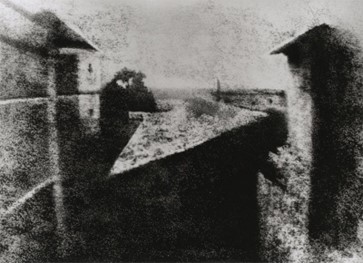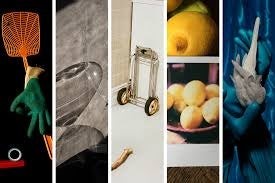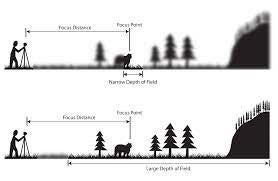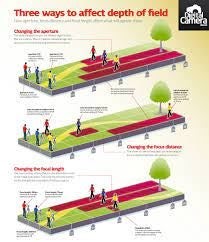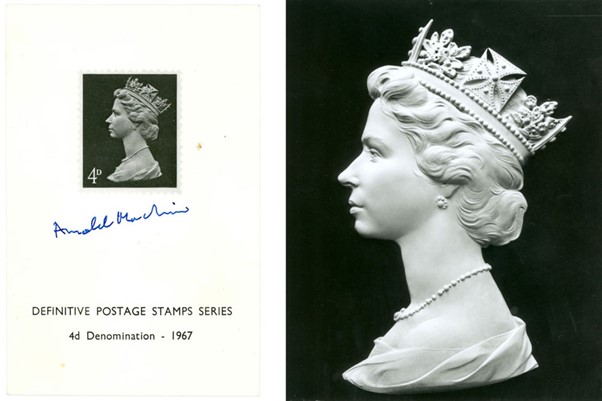Aperture refers to the opening in a camera lens through which the light passes to reach the sensor or film inside. It’s an adjustable mechanism that controls the level of light entering the camera, which in turn affects the brightness and depth of field in an image.
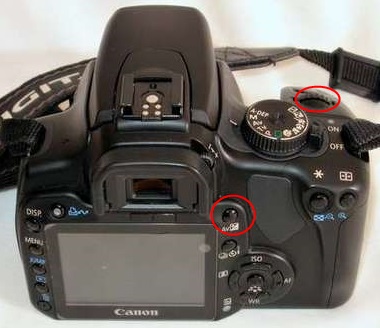
Aperture is measured in f-stops, which are values representing the size of the lens opening relative to the lens focal length. The larger the opening, the more light reaches the sensor/film, and the smaller the f-stop value, and vice versa. This also affects the exposure of the image, which, when adjusted manually, can be a bit of a balancing act when trying to maintain the correct exposure and the desired depth of field.

As mentioned, aperture values on a camera can be manually adjusted, or automatically – depending on the camera and the shooting mode in use. Wider apertures are typically used in low-light environments or to create a shallower depth of field, which keeps the subject in focus and the background more blurred. A smaller aperture, however, is more often used for well-lit scenes or to achieve greater depths of field, keeping both the foreground and background in focus.
Overall, the aperture is a key setting when it comes to camera operation and can drastically affect a final image.




